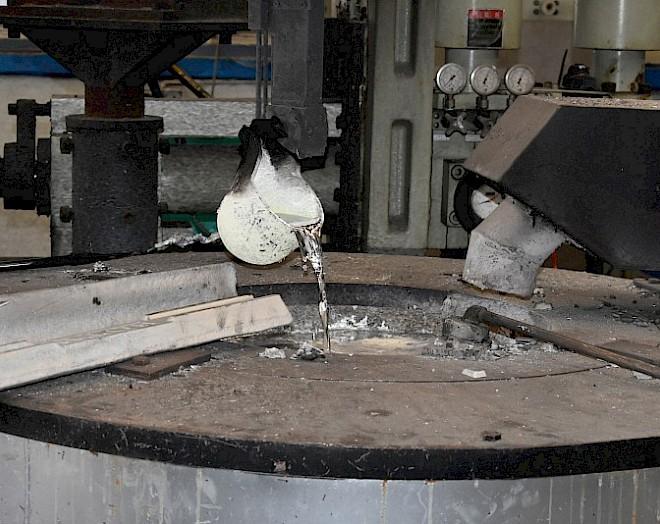About Die Casting
Die casting is one of the fastest and most economical manufacturing techniques for mass-producing high quality metal components.
The die casting process involves creating a specific reusable mould, called a die, which is machined to the exact design of the metal component to be cast. Metal is poured or injected under high pressure into the die.
Typically, die casting is used for parts manufactured from non-ferrous materials with low melting temperatures, such as aluminium, copper, zinc and magnesium alloys; once poured or injected into the die, the metal raipdly cools. As the metal cools it becomes solid; the resulting solid metal compontent is called the casting. This casting will be of the exact specifications required.
One of the great benefits of the die casting process is that it results in a casting with a good surface finish and dimensional accuracy requiring little, or no, post-machining. In addition, this process results in a uniform part, meaning every casting made in the die will be an almost exact copy of other castings made in the same die.
Die casting is a process chosen for high volume, mass production where a high degree of repeatability and accuracy is required and complex shapes, including thin walls, can be achieved.


